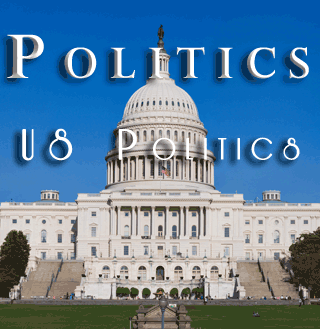‘Fake News’ is just propaganda
I taught a course called “Reading Pravda” for 25 years at Bucknell. The purpose of that course was to analyze the methods of Soviet propaganda and compare the Soviet press with that in the US.
Midsemester of “Reading Pravda” I announced the final project. Students were to choose a major news story, follow it in some U.S. newspaper and Pravda for the rest of the semester, and write a paper comparing the two treatments. They were always interesting papers.
In “Reading Pravda” we learned much about Soviet propaganda that may be applicable to Russia’s continuing interference in the elections of the US and allied countries.
The success of Soviet propaganda encourages Putin, now a de facto dictator, to use the same methods today. Soviet propaganda succeeded in its ends because all news media was owned by the state.
Today in Russia there is a mix of private and state-owned media, but the private media is intimidated to censor itself for fear of being closed down by Putin on trumped-up charges. Independent reporters fear being jailed or even murdered if they don’t toe the line.
Political propaganda is what the U.S. media now call “fake news”. It is designed to shape the political beliefs of its audience. It does this by presenting only one side of a story, picking the elements of the story that paint a rosy picture of Russia and a somber picture of the America.
Facts don’t matter; propaganda uses “alternate facts”. When facts get in the way, they are distorted or even made up out of thin air. Only positive facts about Russia and negative facts about the U.S. and its allies appear unedited in the Russian press.
No story is completely false; that would make it too easily disbelieved. Propaganda is an art with enough truth to convince the reader that the propaganda is trustworthy, and just enough falsehood to mislead him or her to change their minds.
Stories created by this method are circulated over and over again. Even if the “alternate facts” used in these stories contradict each other, repetition masks even contradictory facts.
The rise of social media and the “fake news” in it opened the door for Russian government propaganda machines to infect the world. It had an important impact on the 2016 American elections. They are still at it and revving up for the 2018 midterm elections.
How do we as news consumers combat Russian propaganda or “fake news” in general?
We have two ways of outing “fake news”. First, the democratic one: If NBC, CBS, ABC, CNN and other networks agree on the facts of a story and only one or two networks offer “alternate facts”, we may assume the majority of the networks get it right.
Another way is this: check the facts in local news sources like the one you are reading now. They are more likely to adhere to traditional publishing ethics: truth proved by multiple reliable sources. Their loyalty lies with the community in which they are published and less to advertisers and political ideology.
Since the current US Government has made no effort to combat the Russian government’s attack on our electoral system, the electorate will have to defend itself. That is possible if we see propaganda for what it is and fight it with informed open minds.




